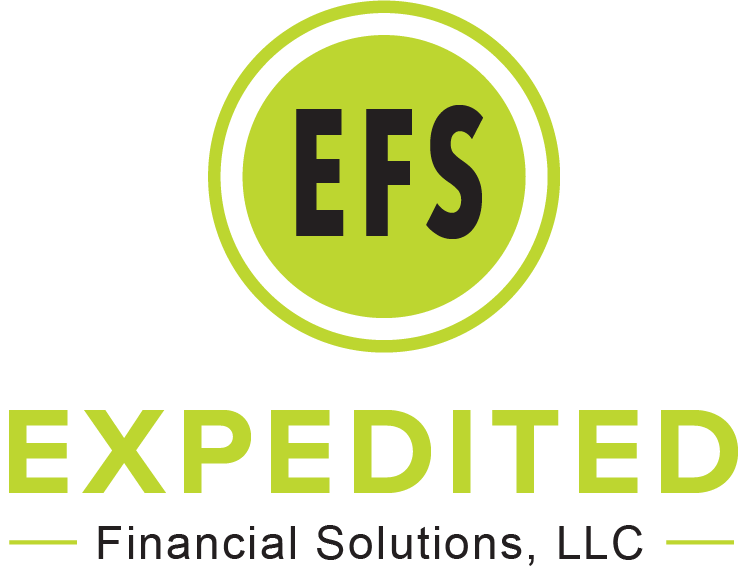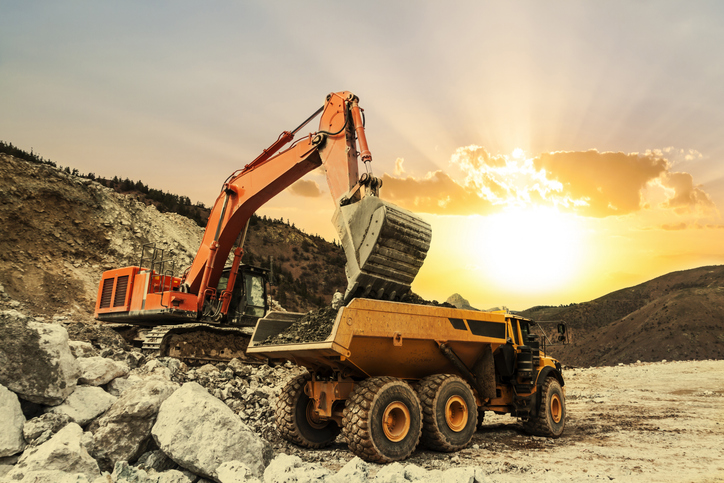Mastering Construction Equipment Financing for Your Firm
Navigating the world of construction equipment financing can feel like venturing through a maze. But fear not, this guide is here to simplify the process. Whether you’re a small business owner or a construction firm manager, understanding the ins and outs of financing options is crucial for your success. In this blog post, we’ll explore various financing tools, steps to secure funding, and how to determine the best fit for your needs.
The Rising Need for Construction Equipment Financing
The construction industry is booming, but so are the costs associated with it. From excavators to bulldozers, the price tag on essential equipment can be staggering. That’s why construction equipment financing has become a lifeline for many firms. It enables them to access the machinery they need without draining their cash reserves.
What is a Capsule Wardrobe?
Before we get into the nitty-gritty, let’s clarify what a capsule wardrobe is. This term has become a buzzword in recent years, but what does it actually mean? A capsule wardrobe is a curated collection of clothes that you love to wear. These items are versatile, timeless, and can be mixed and matched to create numerous outfits. The goal is to minimize the number of items in your closet while maximizing style and functionality.
Benefits of Construction Equipment Financing
Improved Cash Flow
One of the most significant advantages of financing is improved cash flow. Instead of making a hefty upfront payment, you can spread the cost over several months or years. This allows you to allocate funds to other critical areas of your business.
Access to the Latest Technology
Construction technology is continually evolving. Financing options make it easier to upgrade to the latest and most efficient equipment. This not only boosts productivity but also gives you a competitive edge.
Tax Benefits
Did you know that financing can offer tax benefits? Depending on your location and the type of financing, you may be eligible for tax deductions. Always consult with a tax advisor to understand how this applies to your business.
Flexibility
Financing provides flexibility. Whether you prefer to lease or take out a loan, there are options to suit your specific needs and financial situation.
Types of Construction Equipment Financing
Use a Business Loan to Purchase Equipment
A business loan is one of the most straightforward ways to finance construction equipment. These loans are designed explicitly for purchasing machinery, making them easier to qualify for. The equipment serves as collateral, reducing the risk for the lender.
- Advantages: Full ownership after repayment and potential tax benefits.
- Disadvantages: Requires a good credit score and a substantial down payment.
Lease Construction Equipment
Leasing is an excellent option for firms that want to avoid large upfront costs. You make regular payments over a specified period, and at the end of the lease, you can either return the equipment, renew the lease, or purchase the machinery.
- Advantages: Lower upfront costs and easier approval process.
- Disadvantages: No ownership unless you buy the equipment at the end of the lease term.
Rent Construction Equipment
Renting is ideal for short-term needs. If a project requires specific equipment for less than a year, renting can be a cost-effective solution. It requires minimal paperwork and offers flexibility.
- Advantages: No long-term commitment and lower costs for short-term use.
- Disadvantages: Higher costs in the long run if used for extended periods.
How to Obtain Construction Equipment Financing
Application Process and Qualification for Loans
The application process for construction equipment loans is similar to that of personal loans. You’ll need to provide:
- Business plans
- Tax documents
- Financial statements
- Credit reports
Traditional banks typically require more paperwork, and the approval process can take up to 90 days. The equipment itself serves as collateral, making it easier to qualify.
Application Process and Qualification for Leases
Leases have less stringent eligibility criteria. Since the leasing company retains ownership of the equipment, the risk is lower. The application process is straightforward, and factors like credit score and revenue still play a role.
Steps to Secure Construction Equipment Financing
- Identify Lenders: Research and source companies that offer construction equipment loans or leases.
- Gather Documentation: Collect necessary paperwork such as credit reports, bank statements, and tax returns.
- Submit Application: Ensure all information is accurate to avoid delays.
- Wait for Approval: The approval process varies by lender.
- Review and Sign: Carefully review the terms before accepting the offer.
Is Construction Equipment Financing Right for You?
Assess Your Business Needs
Before deciding on a financing option, assess your business needs and goals. Consider your project timelines, financial health, and long-term objectives.
Compare Costs
Evaluate the total cost of ownership versus leasing. Factor in expenses like fuel, maintenance, insurance, and depreciation. This will help you determine the most cost-effective solution.
Consult Experts
Seek advice from financial advisors who can provide insights tailored to your business. They can help you make informed decisions and choose the best financing option.
Conclusion
Securing construction equipment financing is a strategic move that can propel your business forward. By understanding the various options and following the steps outlined in this guide, you can make informed decisions that align with your goals. Ready to take the next step? Explore financing options today and give your firm the tools it needs to succeed.
Explore financing options tailored to your needs and enhance your construction firm’s capabilities. Your path to efficient, cost-effective equipment is just a click away.




